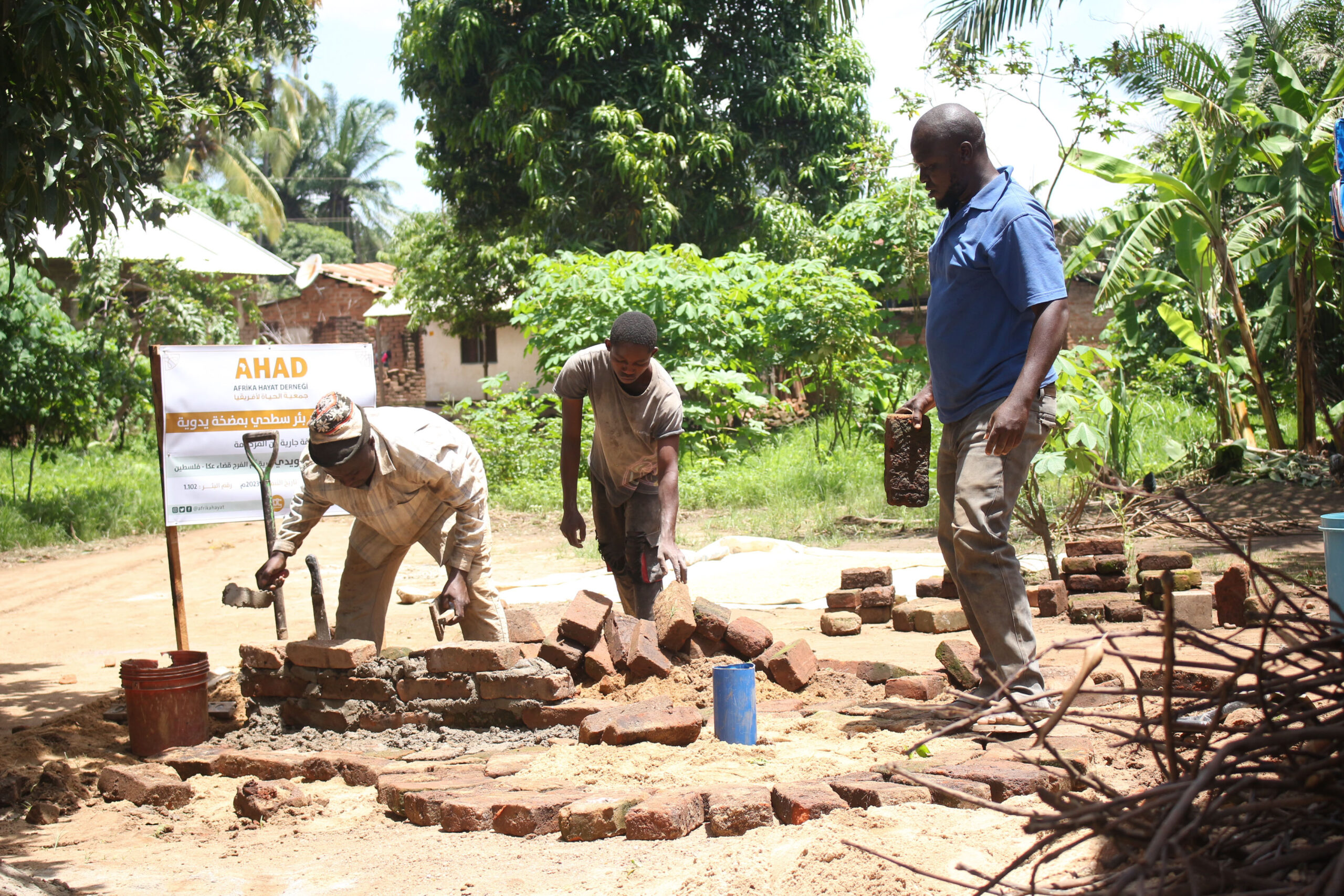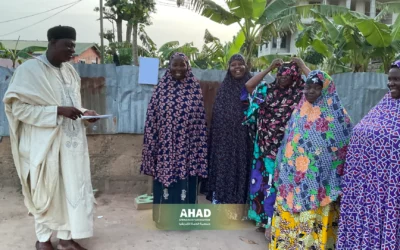Wells of Africa
Wells of Africa is one of the vital issues that plays an important role in the sustainable development of the continent. Many countries in Africa suffer from a lack of clean water, which negatively affects public health, agriculture, and industry. Access to clean water requires sustainable planning and significant investments in the development of appropriate infrastructure.
Where water is the basis of life and plays a pivotal role in economic and social development. In Africa, water is an essential element for ensuring food security, public health, and supporting various industries. However, the continent is experiencing significant challenges in terms of water supply due to climate changes, rapid population growth, and poor management of Water Resources.
Drilling wells is one of the most important solutions to the problem of water shortage in Africa. Clean water is essential for everyday life, Public Health and sustainable development. Many residents of the African continent have difficult access to clean and safe water sources, which makes well drilling projects necessary to improve people’s lives and reduce diseases associated with the lack of clean water.
The importance of wells in Africa
There are many types of wells drilled in Africa to meet the needs of the population, and these types vary depending on the technology used and the depth of the well. These projects aim to provide clean water to local communities, especially in rural areas suffering from water scarcity.
Types of wells in Africa classification and their importance in securing water resources
A well (plural: Wells) is a deep hole dug by man into the ground to access water, it can also be used to extract oil and natural gas. A person who specializes in drilling a well is known as a “Pierre”. On the African continent, Wells vary according to their depth and method of access to water, and represent great importance for local communities in obtaining basic natural resources., Wells vary based on their depth and method of access to water into two main types:
Surface Wells
Such wells are drilled in the shallower layers of the Earth’s surface and include:
– Bucket well the bucket is used manually to draw water from the well, and it is one of the oldest ways to use water in rural areas.
– A well with a hand pump a hand pump is used to raise water to the surface, which is also a traditional method that is widely used.
– A well with an electric pump adopts an electric pump to draw water more efficiently, which facilitates the process of water access and distribution.
Artesian wells
Such wells are usually deeper than 100 meters below the surface of the Earth and are characterized by the following equipment:
– Electric pumps are used to draw water from a great depth, which ensures efficient supply of large volumes of water.
– Faucets and water tanks are installed to provide a stock of used water for daily use.
– Solar energy some of these wells can be powered by solar energy, making them environmentally and economically sustainable in remote areas that lack conventional electricity infrastructure.
Water wells in Africa are vital for ensuring the supply of clean and healthy water sources to the population, and are essential for improving living conditions and reducing the spread of waterborne diseases in both rural and urban areas.
Drilling wells in Africa is a technical and social challenge, requiring constant efforts of humanitarian organizations and local governments to ensure sustainable and equitable access to clean water for all residents. These efforts promote sustainable development and promote a better future for local communities on the African continent.

The underground well and the artesian well in Africa
In Africa, Wells vary depending on the method of water extraction and its characteristics. An underground well is one that is drilled to extract groundwater from the inside of an aquifer, where a pump is used to pump water to the surface. An artesian well, in turn, is a different type, since it is drilled in an area where water naturally collects between impermeable rock layers. The name “Artesian” is derived from the province of Artois in France, where this type of well began to be used in the XII century AD.
An artesian well from which water can spontaneously burst when a hole is made in the ground, while an underground well requires active intervention to extract water by pumps. These types of Wells play an important role in securing drinking and irrigation water for communities in Africa, highlighting the importance of understanding the differences between them to determine the best solutions to use water resources efficiently.
The surface well is sustainable and efficient
A surface well is a type of well that draws water from an unconfined layer, characterized by a life span of 3 to 10 years depending on local conditions. Generally, the period of securing water from the surface well is about two years.
The surface well is divided into three types: surface well with bucket, surface well with electric pump, and surface well with manual pump. The choice of type depends on the available resources and the needs of the community.
The costs of opening a surface water well in Africa vary around USD 4,500, reflecting the financial challenges facing many development efforts.
Ordinary or artesian well: choose what suits
The comparison between a surface well and an artesian well depends on long-term sustainability and effectiveness. For example, if a surface well is considered less long-lived and drought-tolerant, while an artesian well can last longer thanks to its water trapped between impermeable layers, an artesian well can be a more sustainable and beneficial option for the communities concerned.
Since participation in well drilling that provides long-term benefits to people is more well-paid, investing time and effort in the creation of an artesian well is considered a more painful and effective investment for society.

Water projects in Africa: AHAD charity program
Ahad humanitarian association works to support the poor in Africa through water and other projects, which you find listed on the official website of the association. These projects include drilling wells in countries such as Sudan, Togo, Somalia, Niger, and Ghana, which face major challenges such as poverty, extreme heat, and water shortages.
The AHAD program aims to improve the living conditions of the target communities by providing sustainable access to clean water, which helps to promote stability and development in disadvantaged areas of the African continent.
You can visit the AHAD website to find out more about the projects it offers
ALSO READ
WHAT THE FOOD BASKET CONTAINS IN AHAD
Join us in our message




